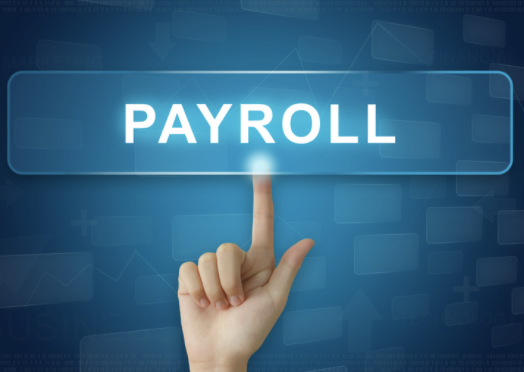Payroll remittances are mandatory payroll deductions on your employee’s income that are sent to the CRA. It is your responsibility to remit the CPP contributions, EI premiums, and income tax (this is on top of your share of CPP contributions and EI premiums). Not doing this, can result in penalties and being late is not preferred either.
Here are some useful tips:
How often?
These dates can vary across different businesses. You can remit quarterly or once a month. There are also accelerated remitters that can be up to 2 or 4 times a month. Figuring out your frequency will affect your due dates, so it’s important to figure out your proper schedule. The due dates for remittances for CPP contributions, EI premiums, and income tax are based on the employee’s payday and not the pay period.
How to file a payroll remittance?
You have to be eligible to pay remittances and that means you have to have a registered business, a confirmed business number, and an opened payroll account the CRA. You would usually pay remittances once all information is collected from your employees’ TD1 forms. This can be done electronically or through vouchers which is done through the mail.
What else?
You are able to forgo remittances if you are paying non-taxable salaries, but you still have to report a zero remittance to the CRA.
At Piligrim Accounting we have been helping, training and managing payroll for many of our clients.
We are happy to help with any questions you might have, as well as your accounting, tax and payroll needs.
Piligrim Accounting Inc. – (416) 514-1741 or info@piligrim-accounting.com




